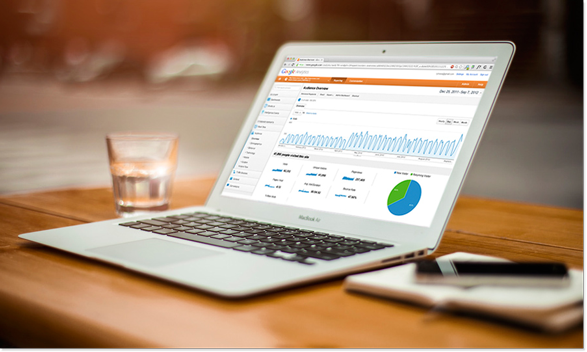3 Important Steps to Avoid Future Panda Hits
When dealing with a substantial drop in traffic due to an
algorithm update, nothing can be better than seeing recovery. Typically, it
takes months of recovery with hope that your hard work will pay off. But,
unfortunately for some recovery never happens.
When you see something like the screenshot below, it’s hard
not to start dancing. The screenshot is from a person who recovered from a
Panda hit. It took over four months to recover.
To make sure the recovery work is going to pay off, consider the following three steps.
1. Carry out an
Analysis of Top Landing Pages from Google Organic
When you are hit by an algorithm update, it is very
important to analyze the top landing pages before the Panda hit. Since that is
the place where Google gets user engagement data from, you can find some
glaring issues when analyzing those pages.
Now, when Google traffic is back due to recovery, it is
recommended to analyze the top pages that receive traffic to make sure
everything is alright from the point of view of content quality.
Compare the screenshot below with the previous one to
determine the change in traffic level.
2. Check Mobile vs.
Desktop Traffic
If 50% of your Google traffic comes from smartphones users,
than that is 50% of information Google is going to measure when it comes to
Panda.
It is important to understand how much mobile traffic hits
your website from Google, and where that traffic is going. Thus, use several
mobile devices to analyze top landing pages for smartphone users.
3. Carry out a Crawl Analysis
If you have recently recovered from Panda, it is useful to
crawl the top pages receiving traffic from Google. This will help you gather
data about those pages at scale. For example, finding poor content, soft 404s,
duplicate content, etc. Some findings will be favorable, while others can lead
to serious bamboo.
There are several powerful tools for crawling. For small and
medium-sized websites you can use Screaming Frog, and DeepCrawl for
larger-scale websites.
When you recover after an algorithm hit you feel just
amazing. Performing a post-recovery analysis enables you to identify technical
problems, content issues, ad issues, user engagement problems, etc.






























